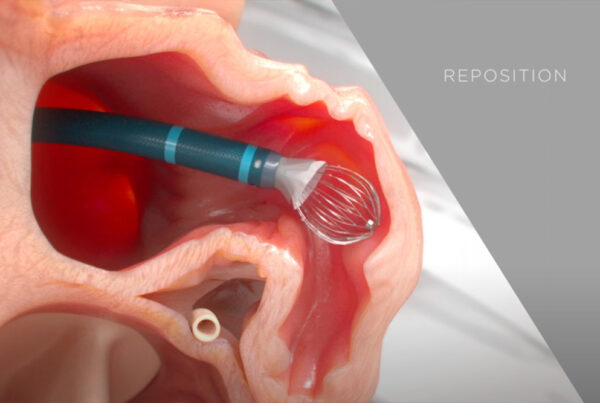Why You Should Discuss it with Your Cardiologist
You may be wondering when you see a cardiologist for high blood pressure, family history of heart problems, heart rhythm problems, or even high cholesterol why you see the word “vascular” associated with the medical practice. Everyone knows Cardiology refers to problems with the heart, but Cardio”Vascular” includes the heart AND all the nearly 100,000 miles of other blood vessels inside the body that supply oxygenated blood to organs and limbs and return blood to the heart and lungs to re-charge with nutrients for the body. When you think of it that way, it makes sense Heart and Vascular conditions go hand in hand. Vascular diseases outside the heart can “present” themselves anywhere. The most common vascular diseases are stroke, peripheral artery disease (PAD), abdominal aortic aneurysm (AAA), carotid artery disease (CAD), arteriovenous malformation (AVM), critical limb-threatening ischemia (CLTI), pulmonary embolism (blood clots), deep vein thrombosis (DVT), chronic venous insufficiency (CVI), and varicose veins.
Everyone is at risk for vascular disease. With the increase in obesity and Type II diabetes in Americans, and as the population ages, vascular diseases are becoming epidemic. PAD alone affects 8.5 million people. It can occur in anyone at any time, affecting men and women equally. Atherosclerosis can begin in adolescence. In fact, fully 50% of patients with cardiac blockages will have problems with other arteries, such as the carotid arteries (supply blood to the brain and are responsible for some types of strokes), renal arteries (kidney arteries which may be the cause of some forms of high blood pressure), lower extremity arteries (supplying the legs and if untreated could be the source of wounds that won’t heal and ultimately lead to amputation) or even venous insufficiency (veins which have abnormal valves and lead to swelling and heaviness in the legs).
Cardiologists who focus on the global cardiovascular patient address the common risk factors of hypertension, smoking, high cholesterol, diabetes, and family history which are the SAME risk factors for Vascular Disease…surprise, surprise. In addition, Abdominal aneurysms (which are often found without symptoms) are also an extension of cardio-vascular disease. If you have symptoms of pain in your legs when you walk (claudication) and are told to ignore them or “just keep walking” until you can’t anymore, realize that important vascular disease may be the cause. Simple office testing measuring pressures in the legs can rule this out. We frequently see patients who have been told their hip pain while walking is an orthopedic issue, when it is classic claudication and can be treated with a simple stent procedure. Be an advocate for your cardiac and vascular health by asking your cardiologist about symptoms that may be vascular in nature.
You can learn more about specific vascular diseases here: https://vascularcures.org/types-of-vascular-diseases/
You can take steps to prevent vascular disease here: https://vascularcures.org/prevention/
Vascular disease commonly occurs at sites of turbulent blood flow, such as when the blood flow in the arteries changes direction abruptly.
The arteries below are the most common areas of turbulence:







